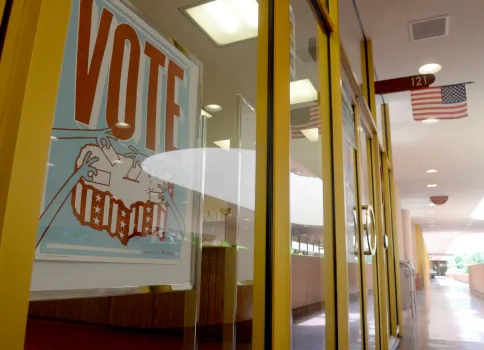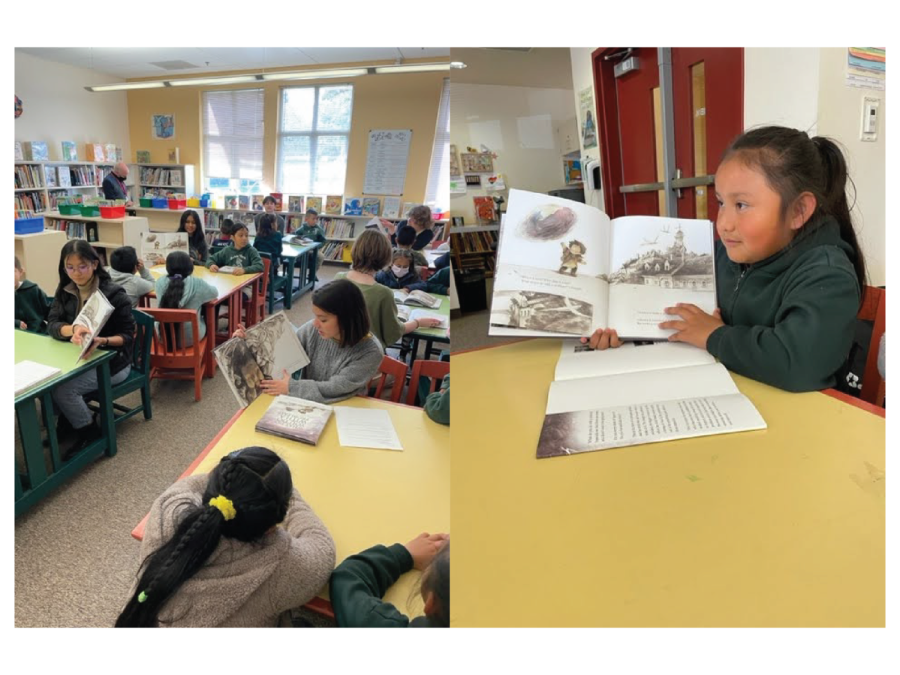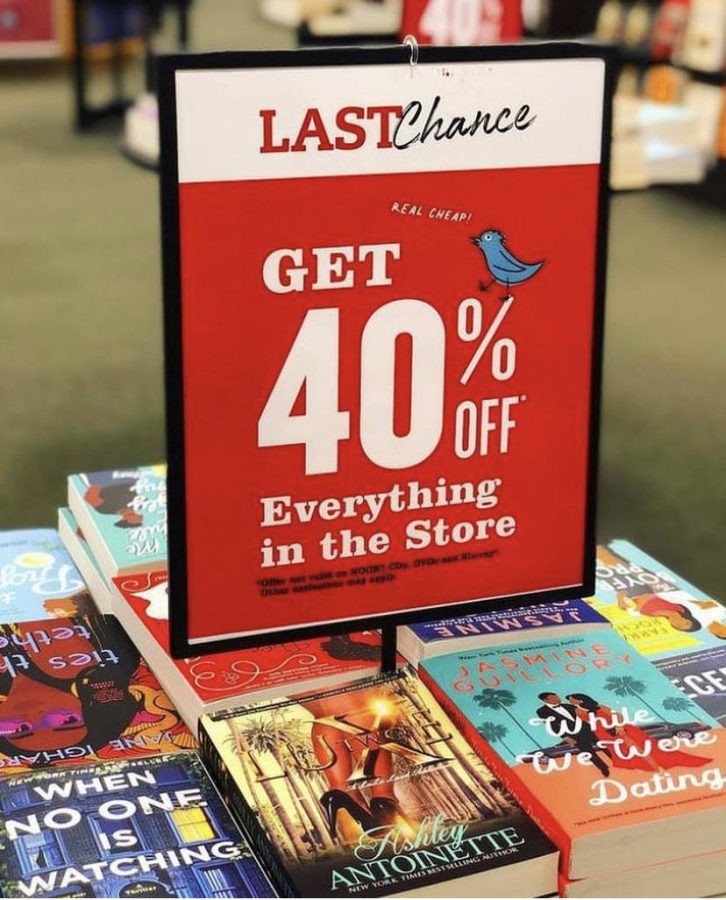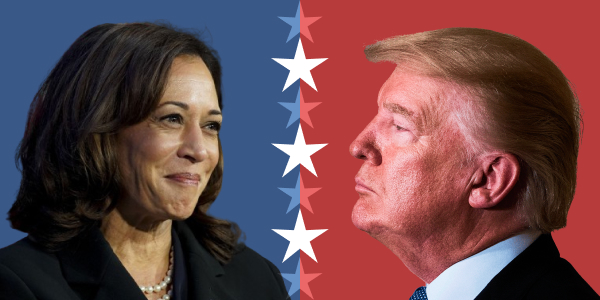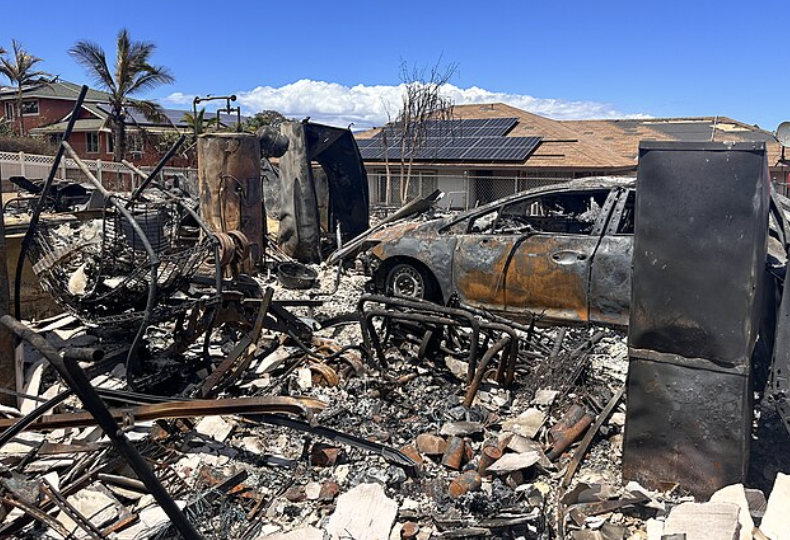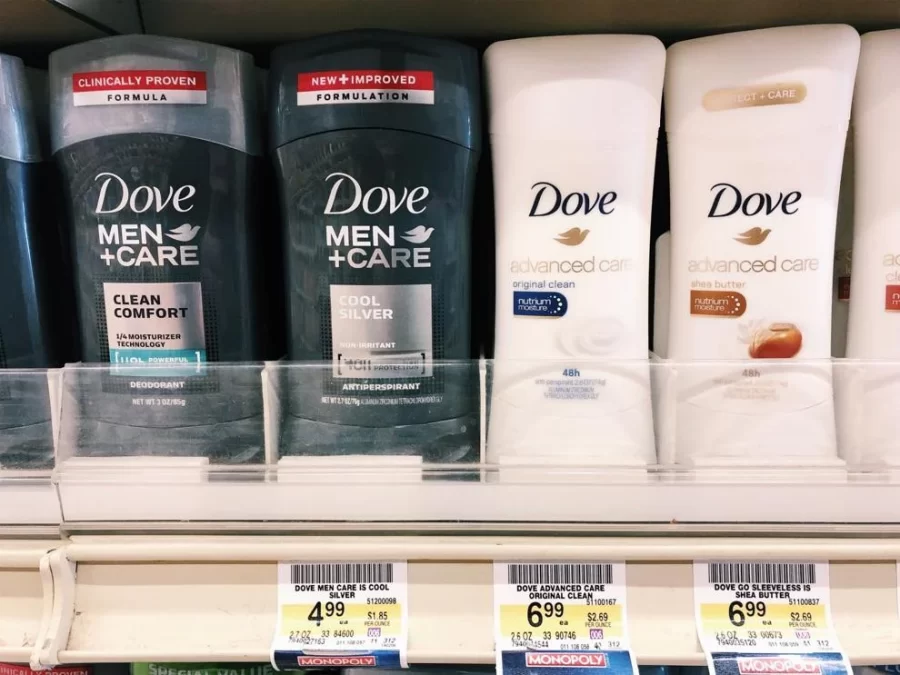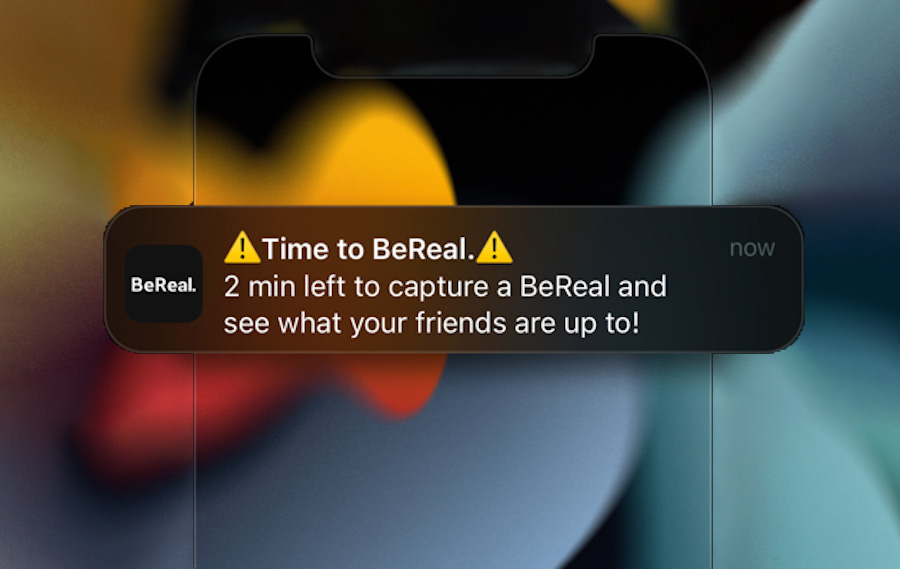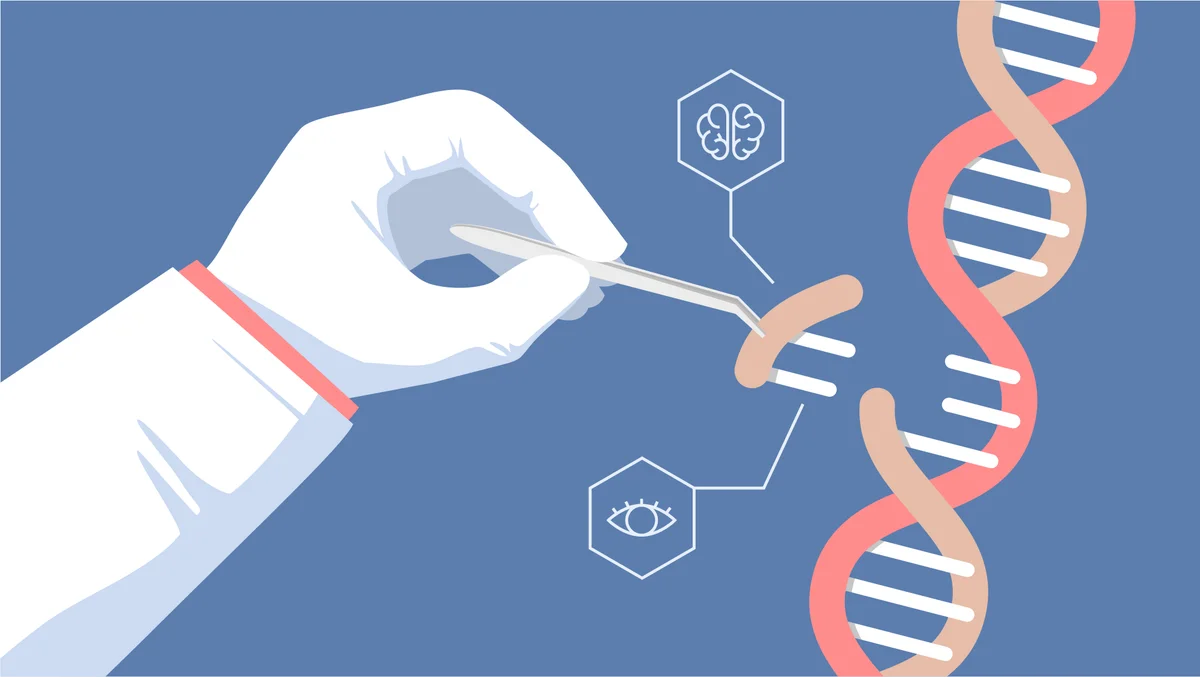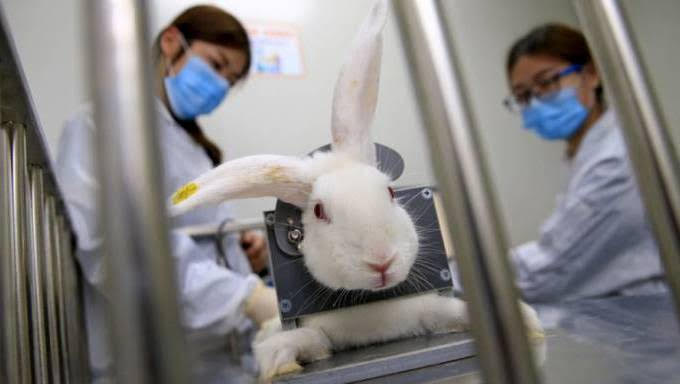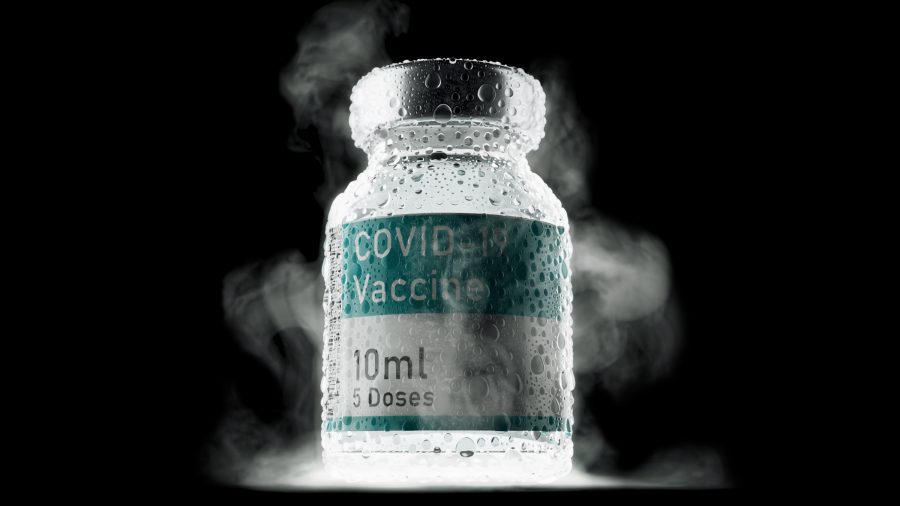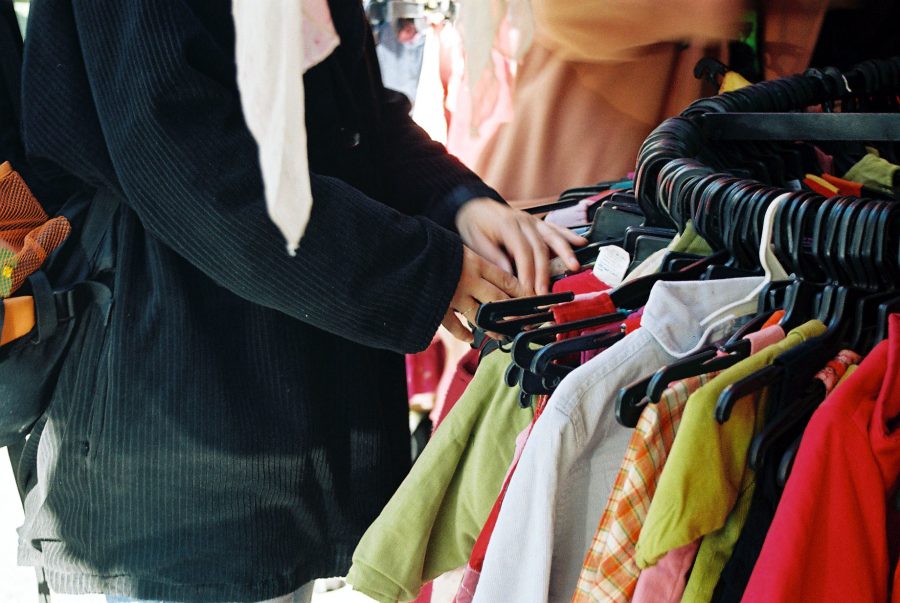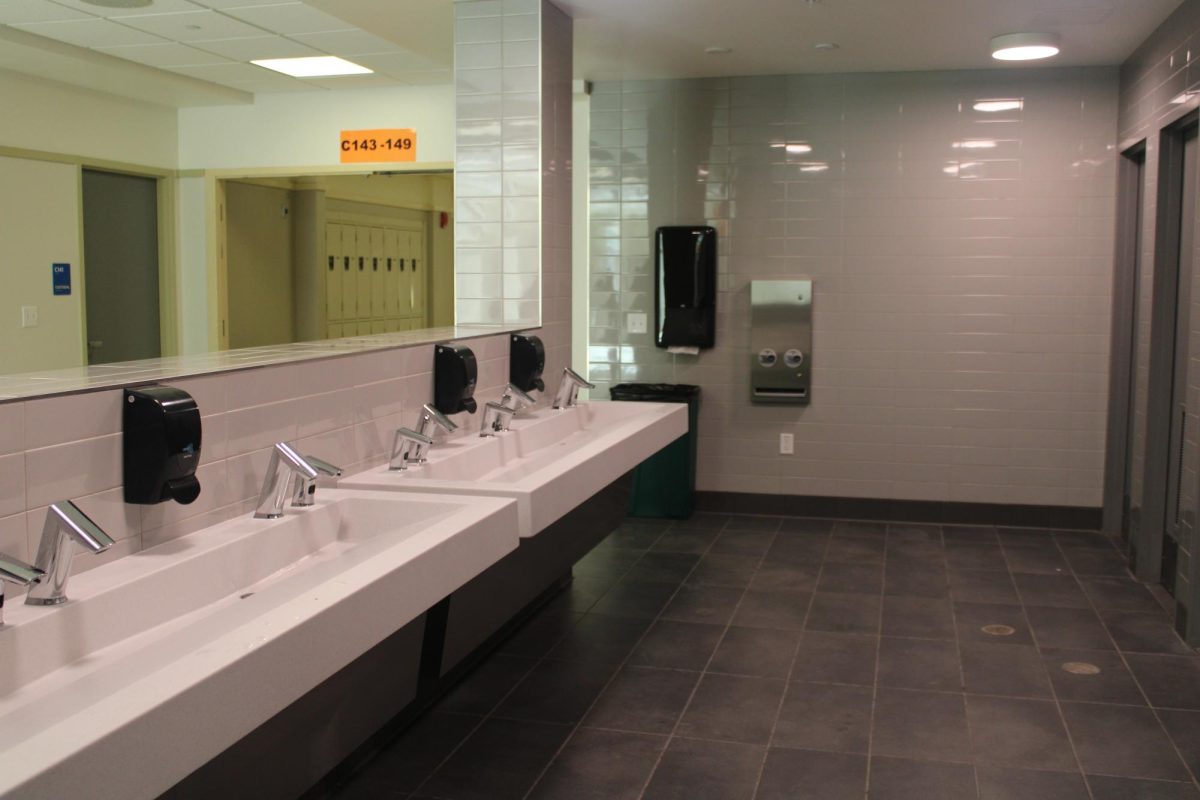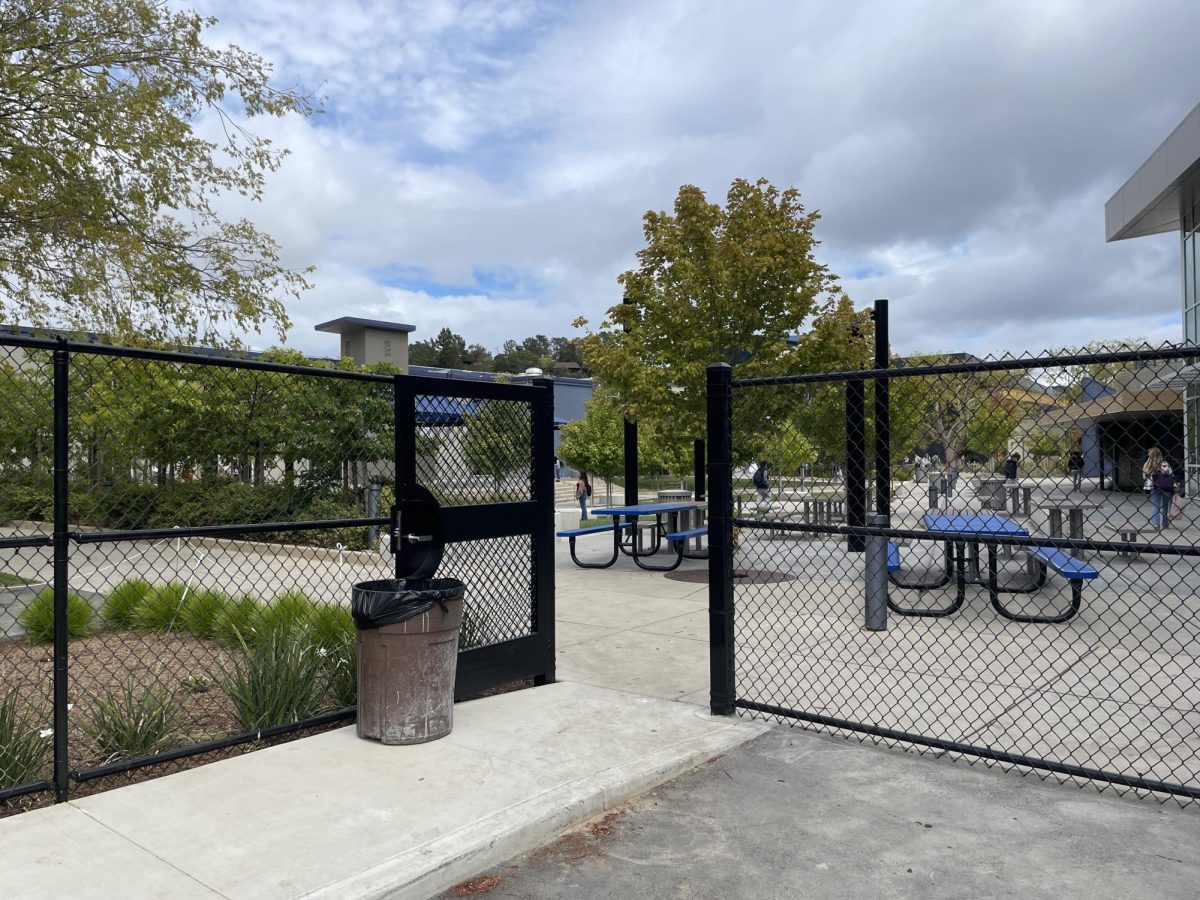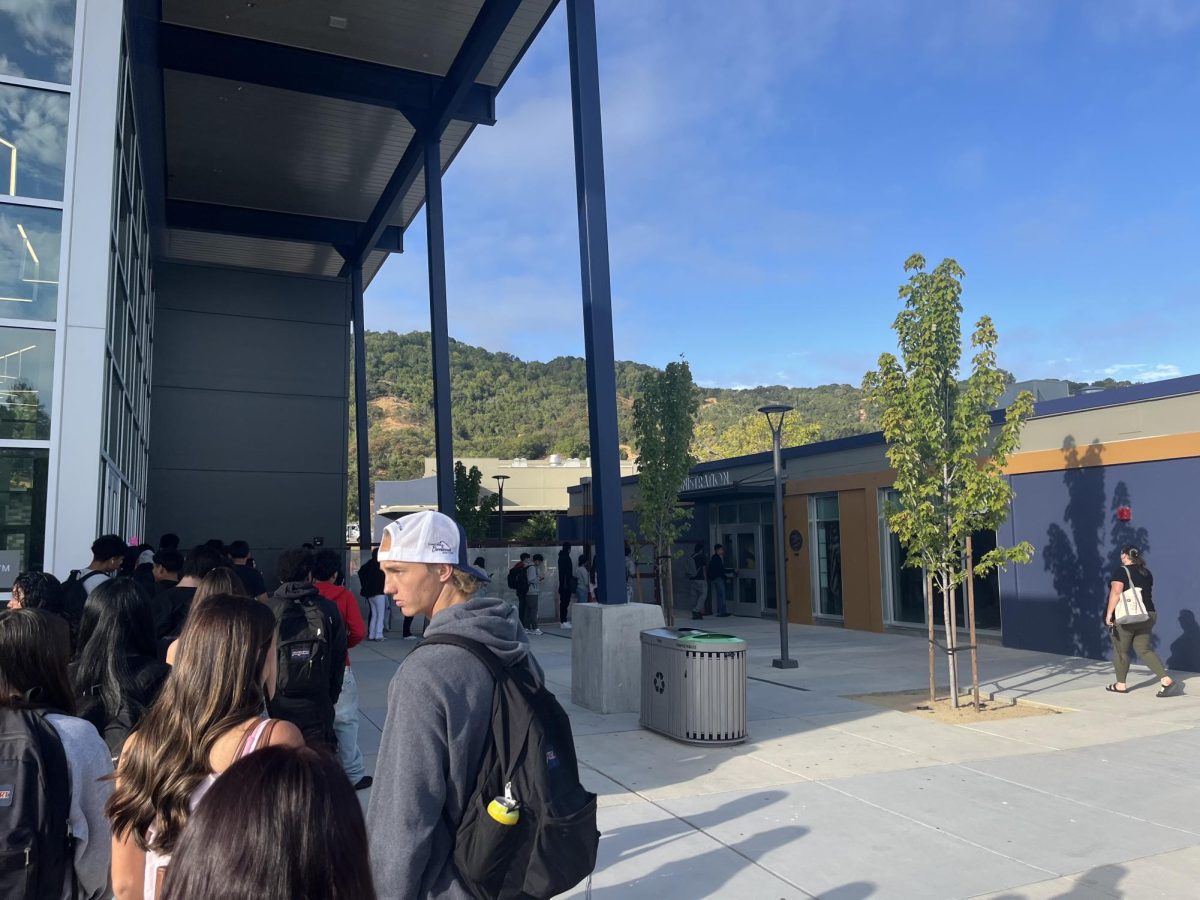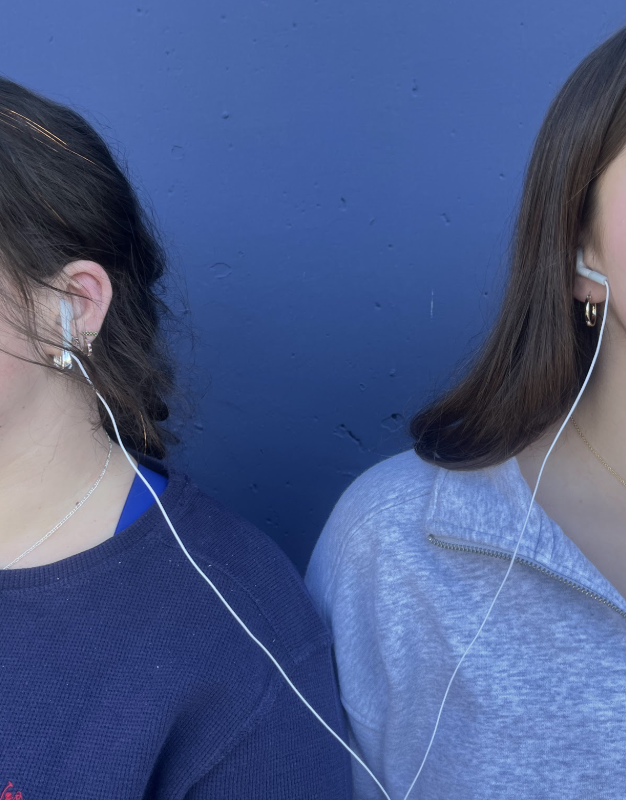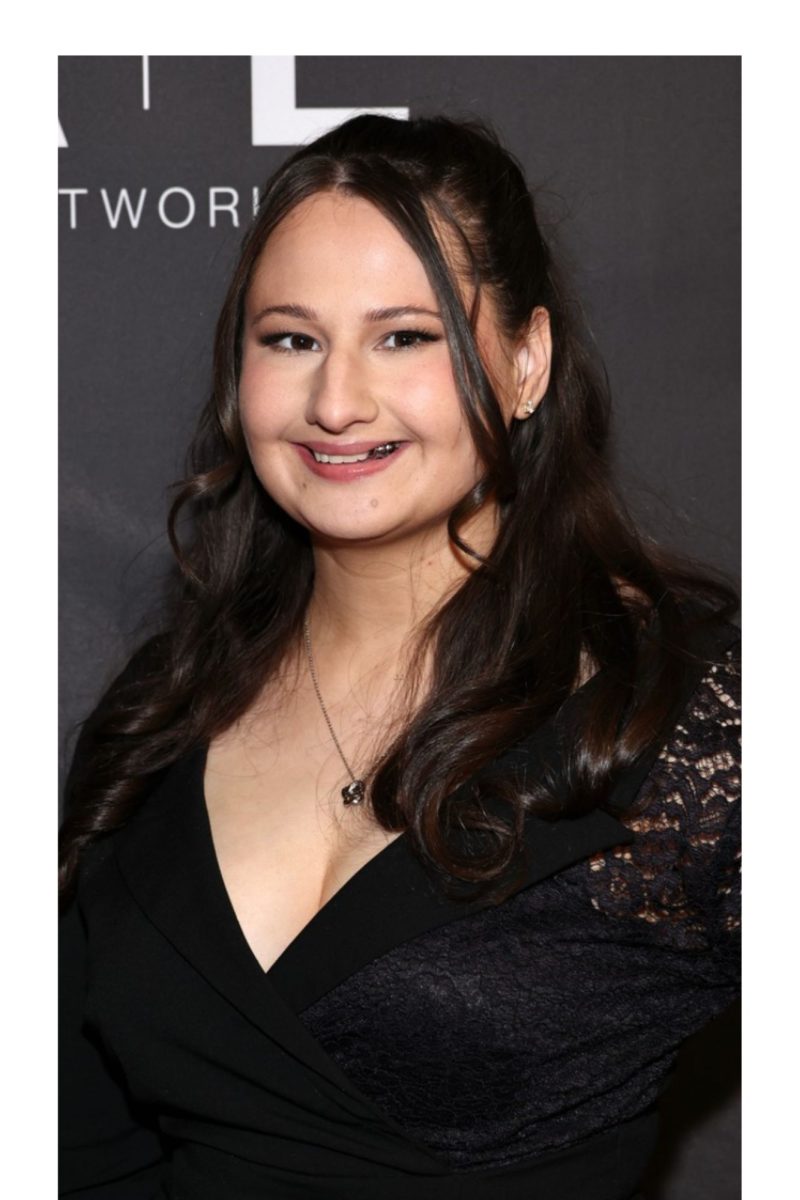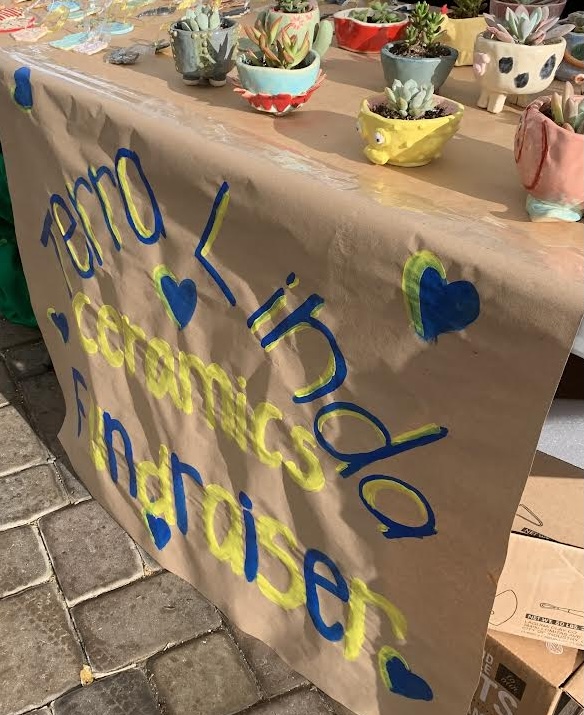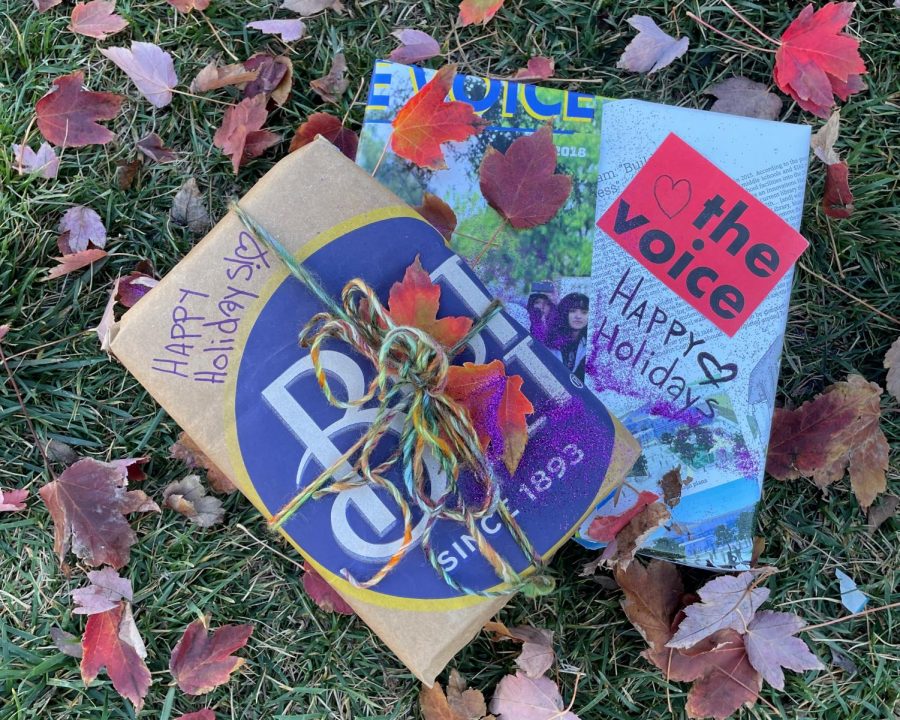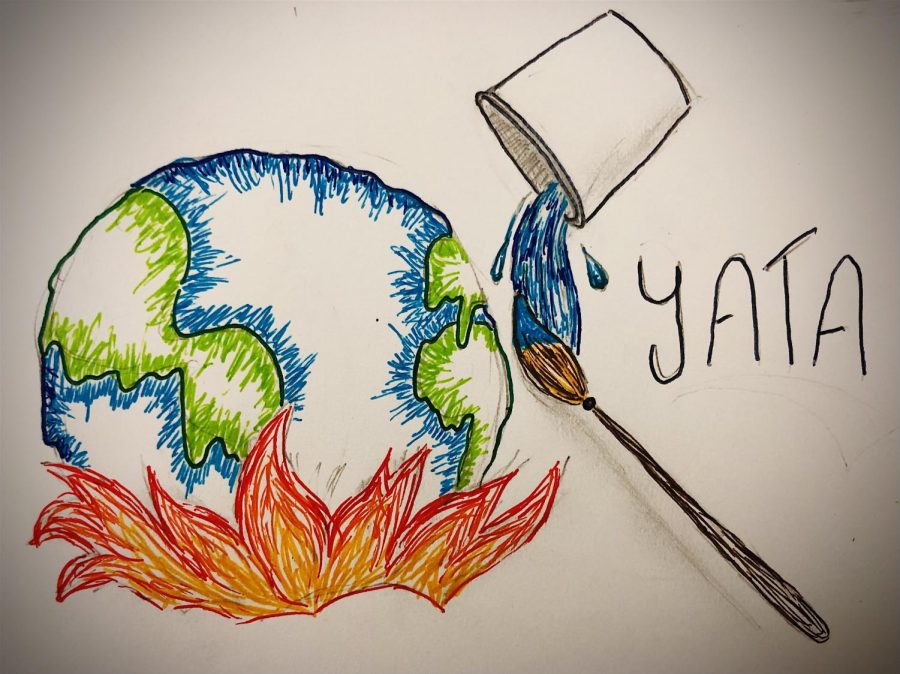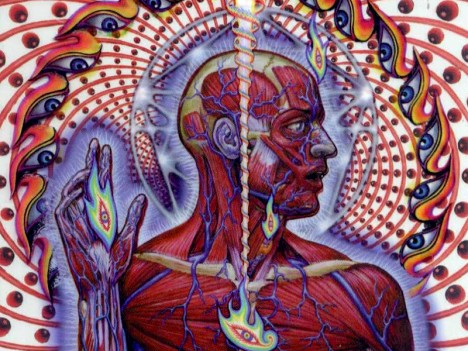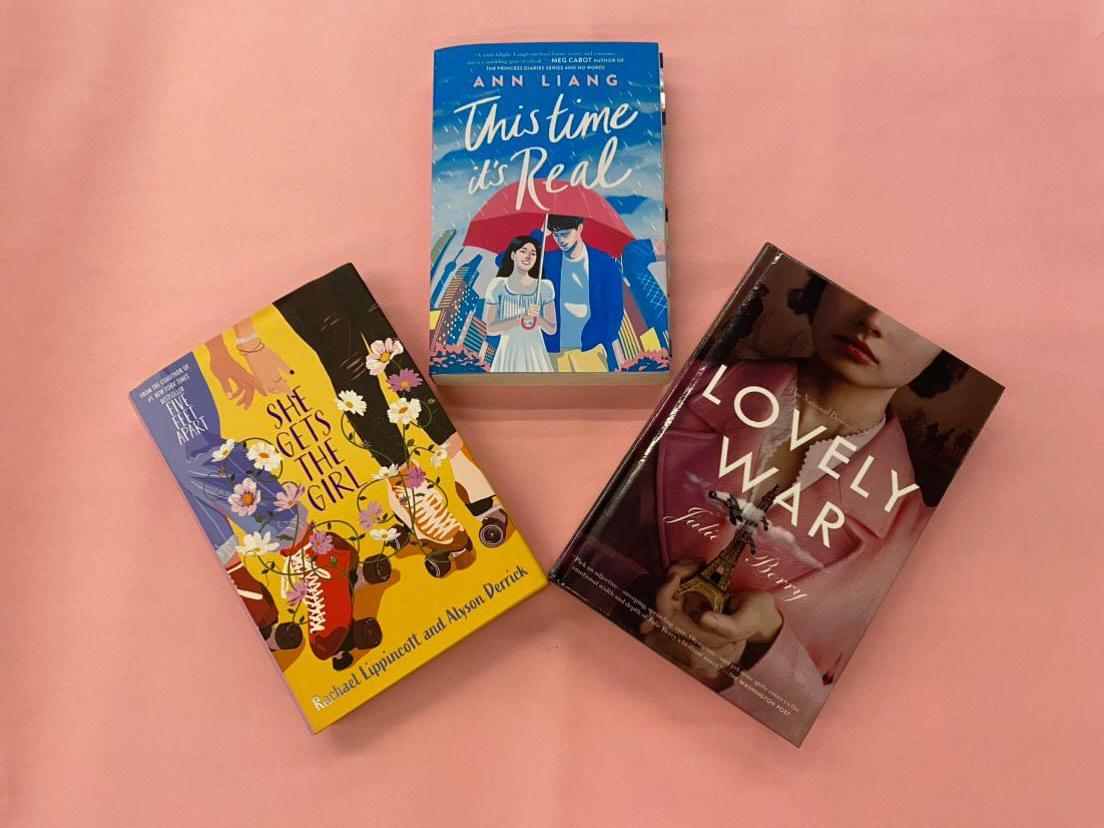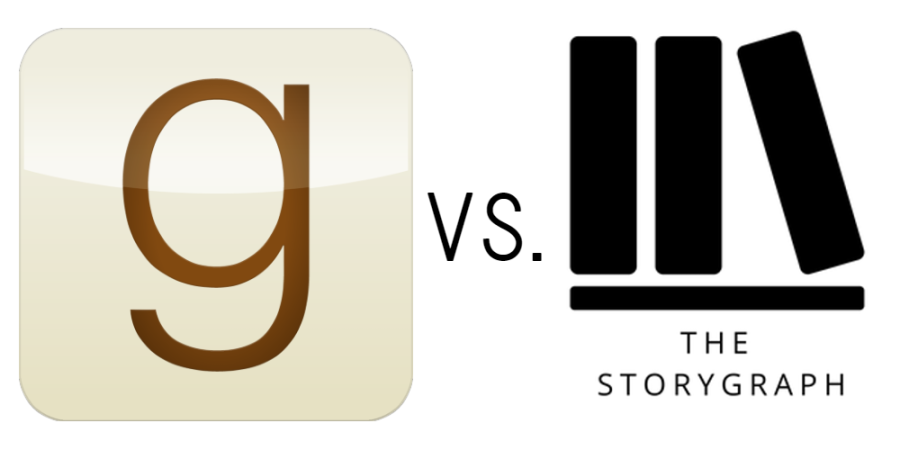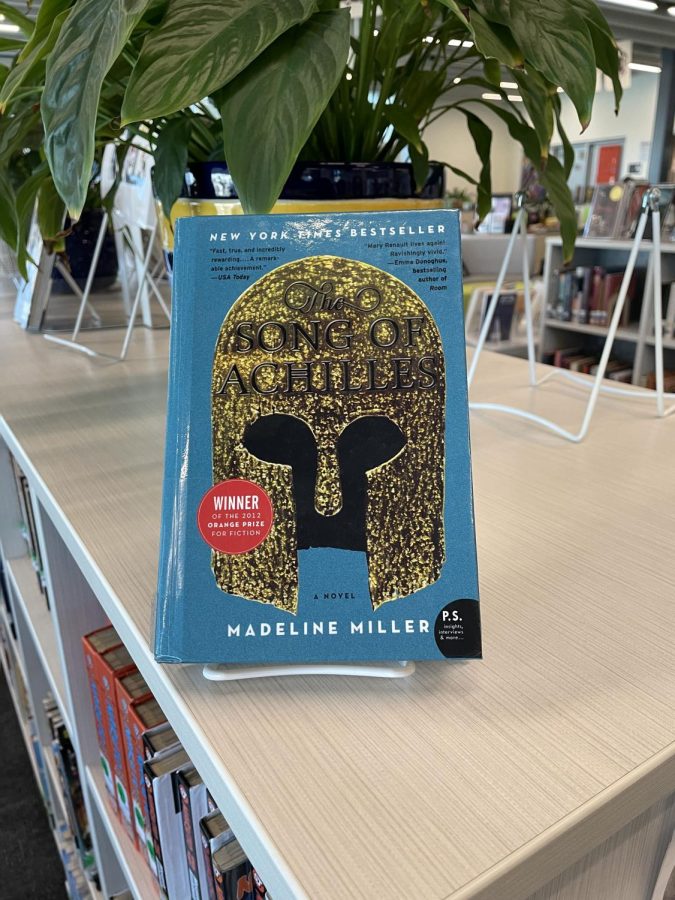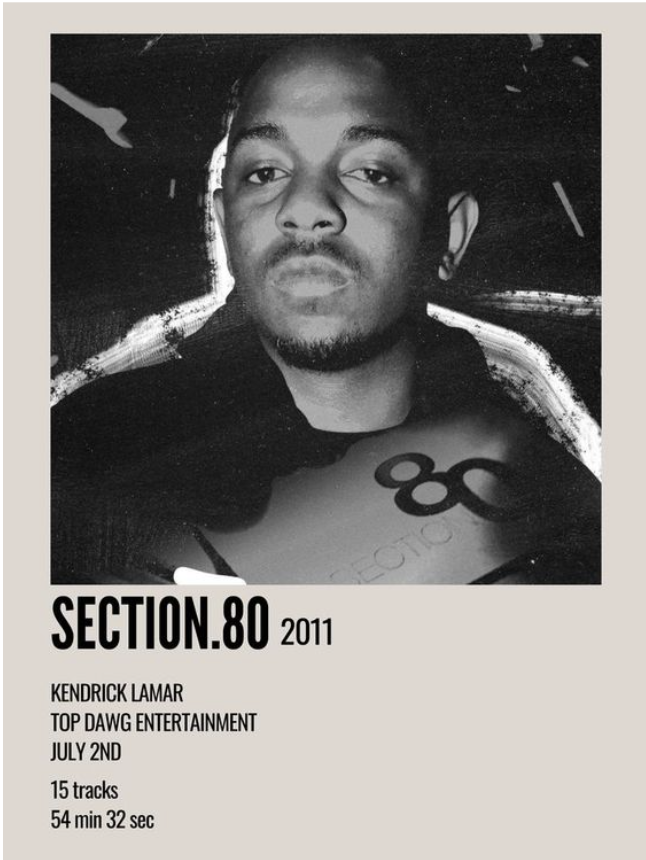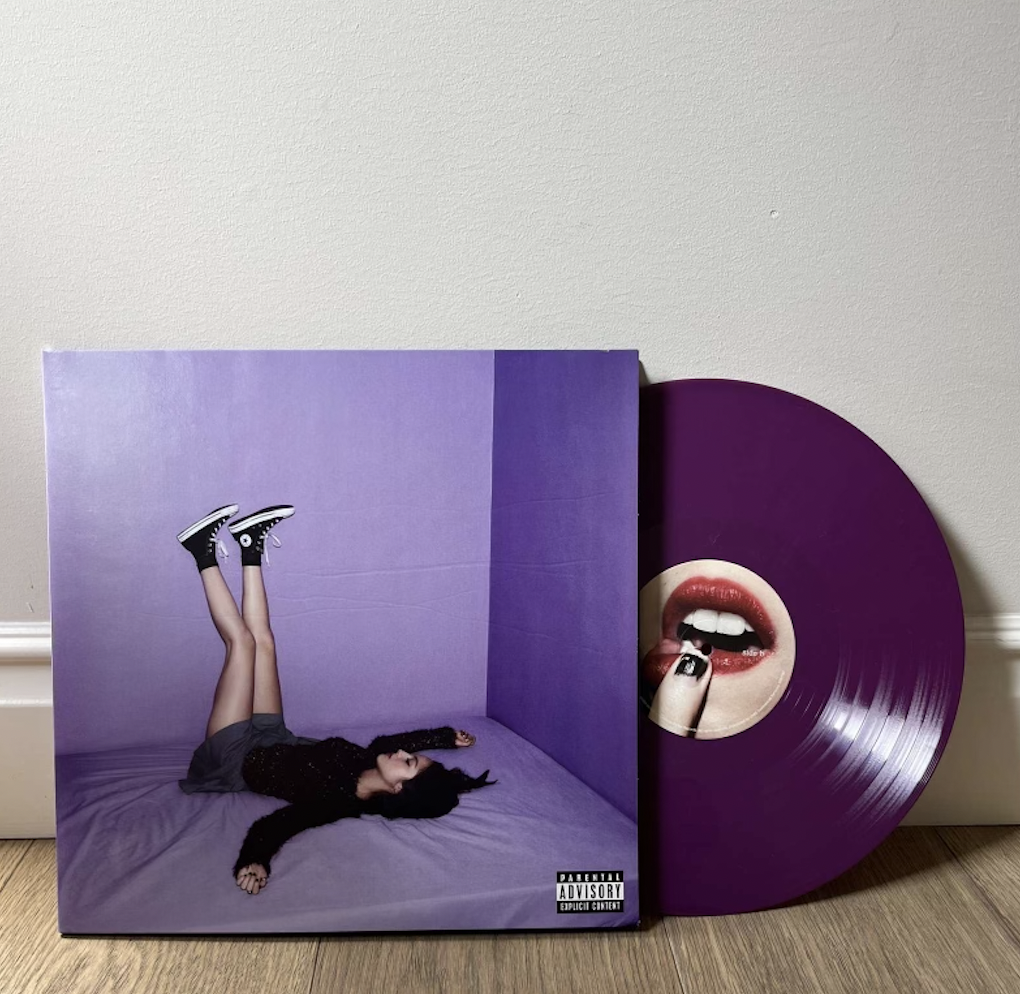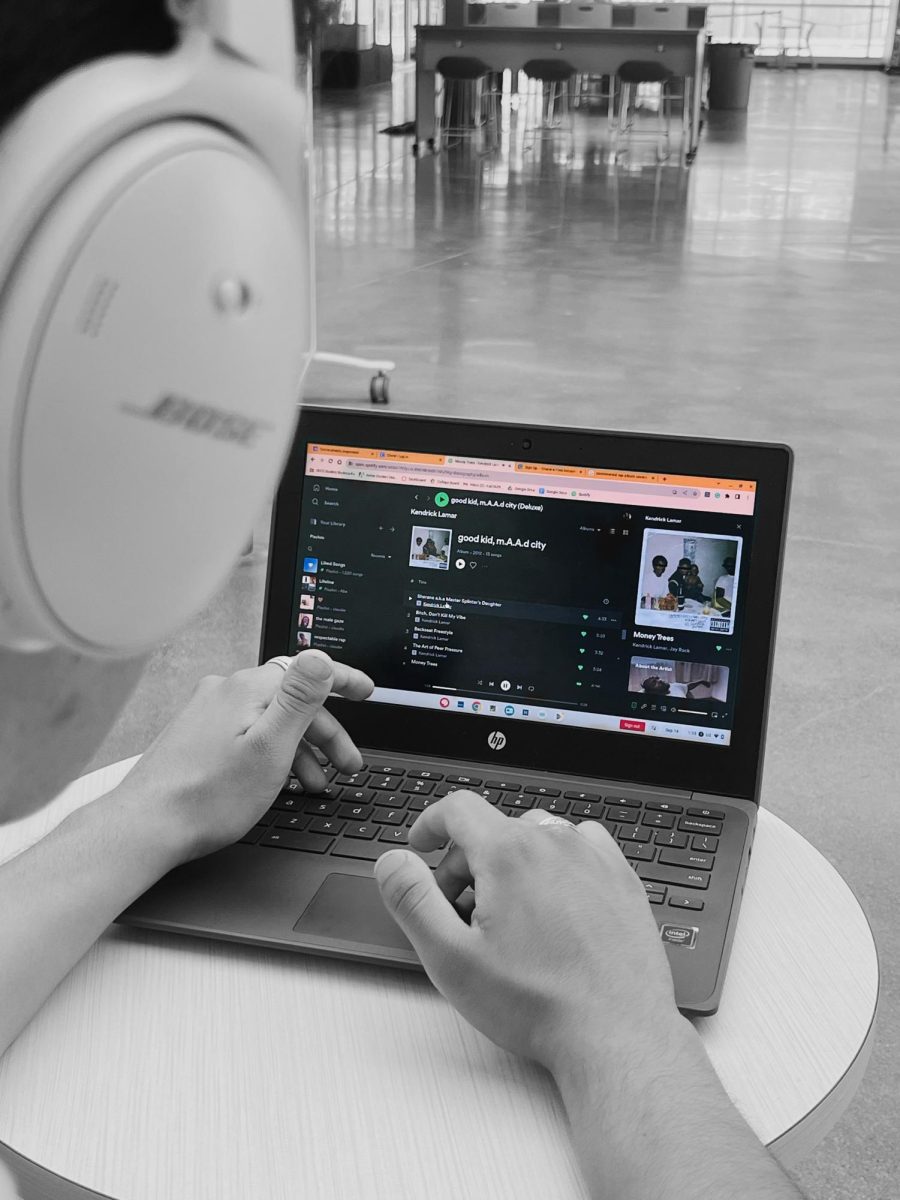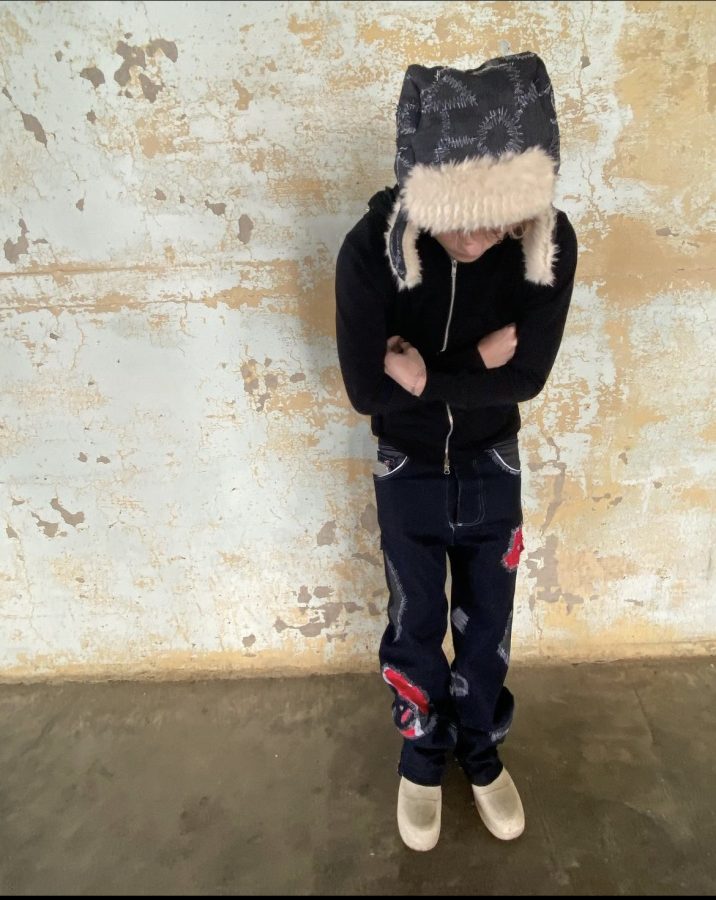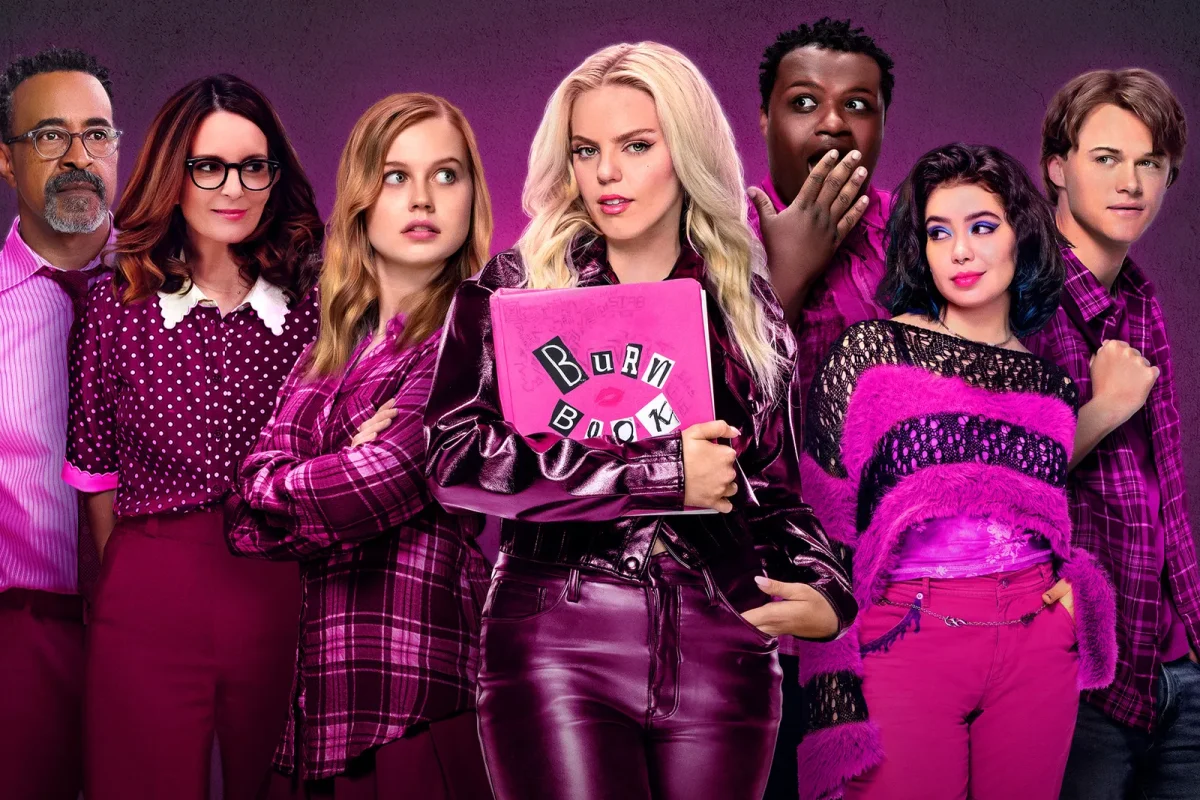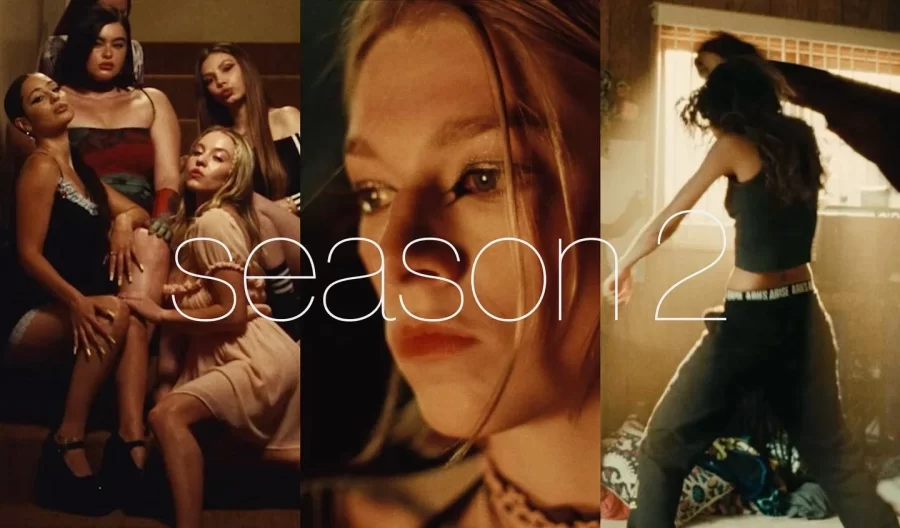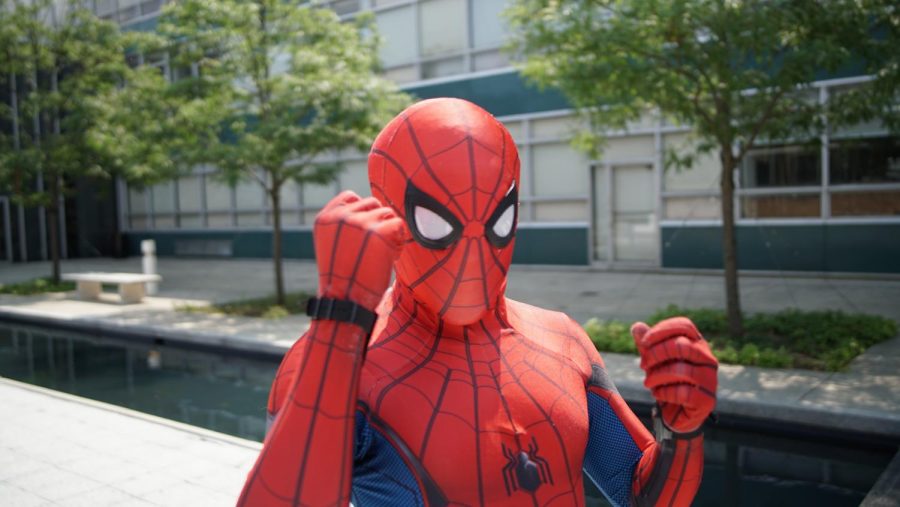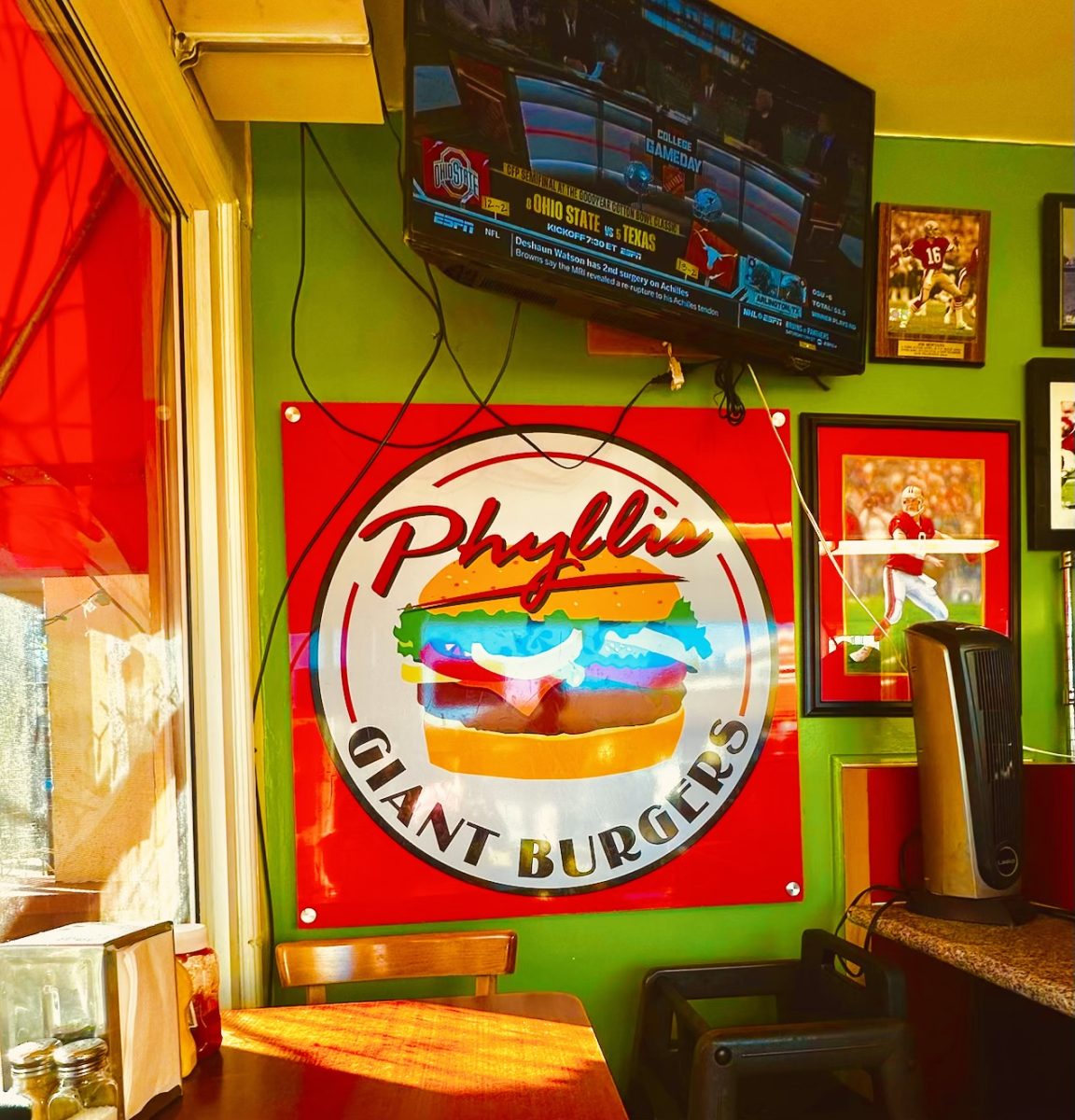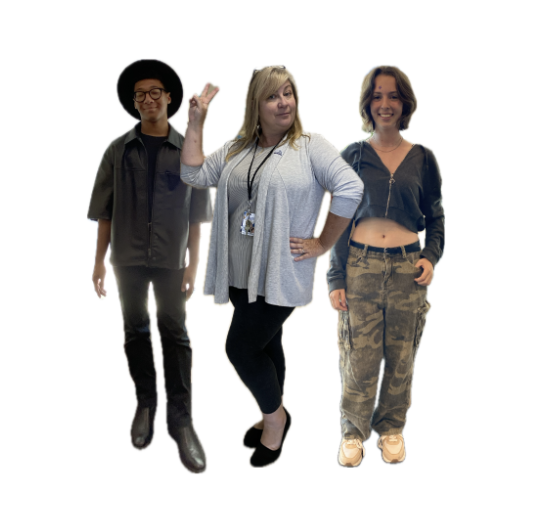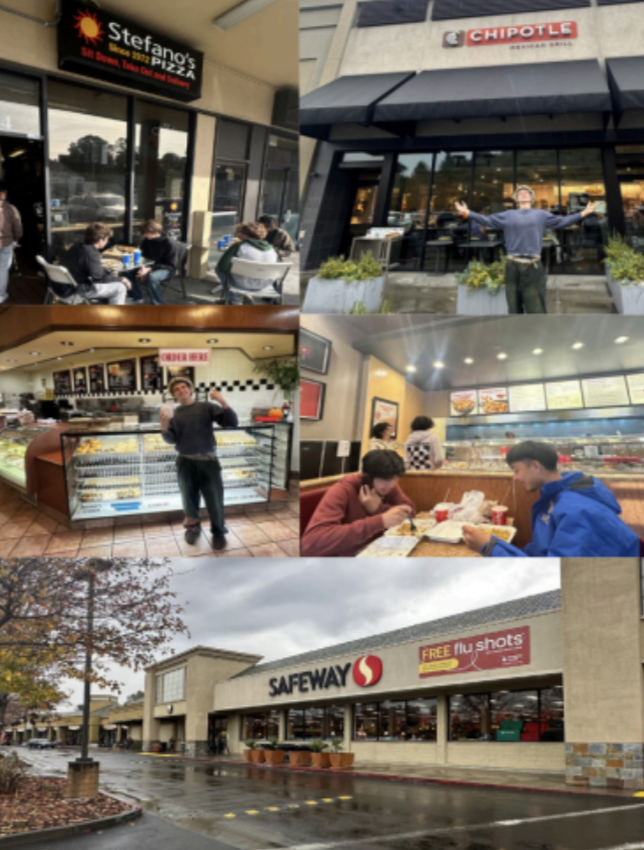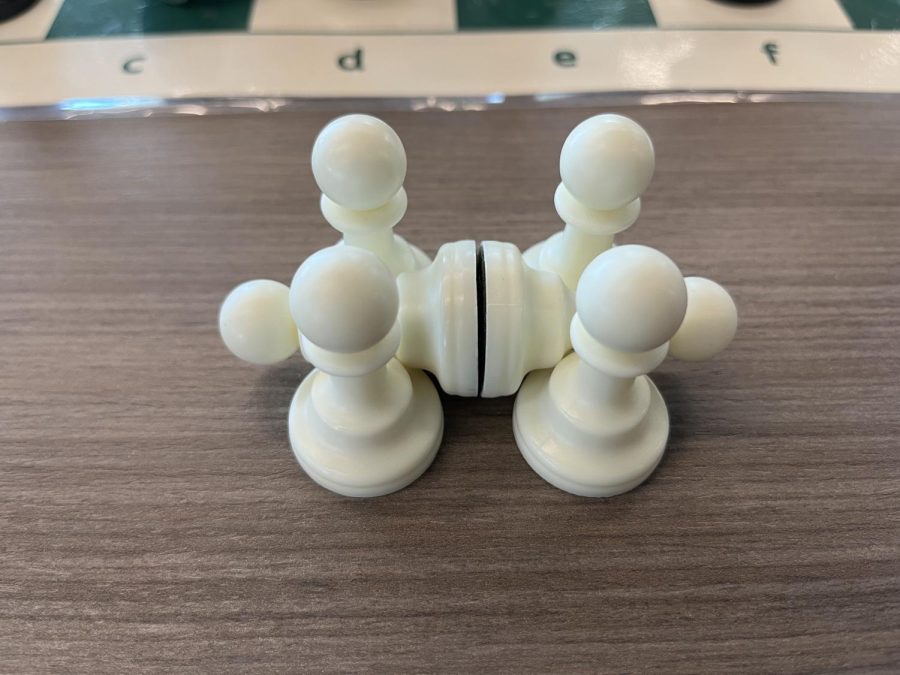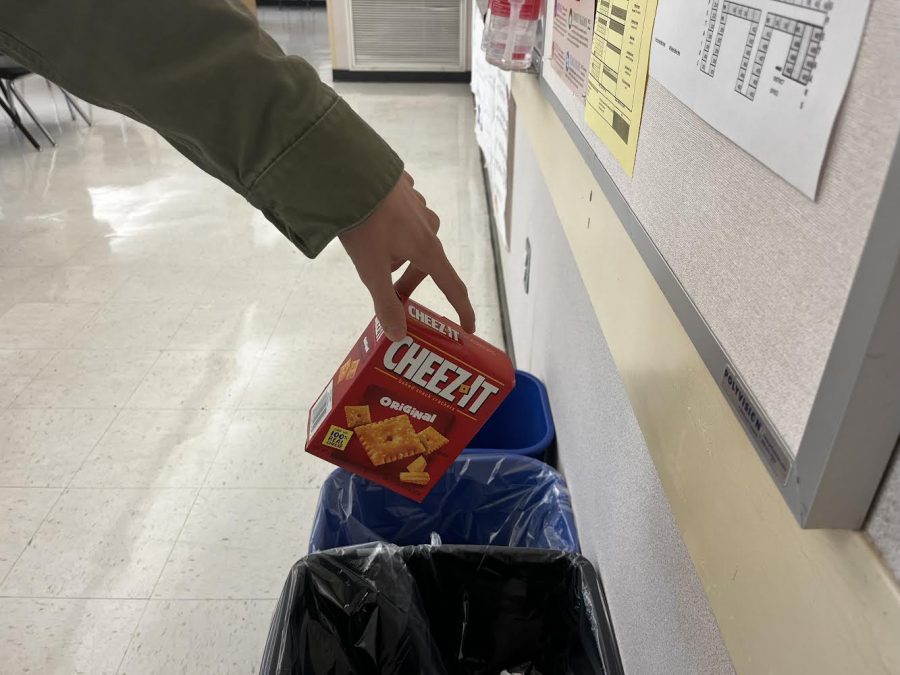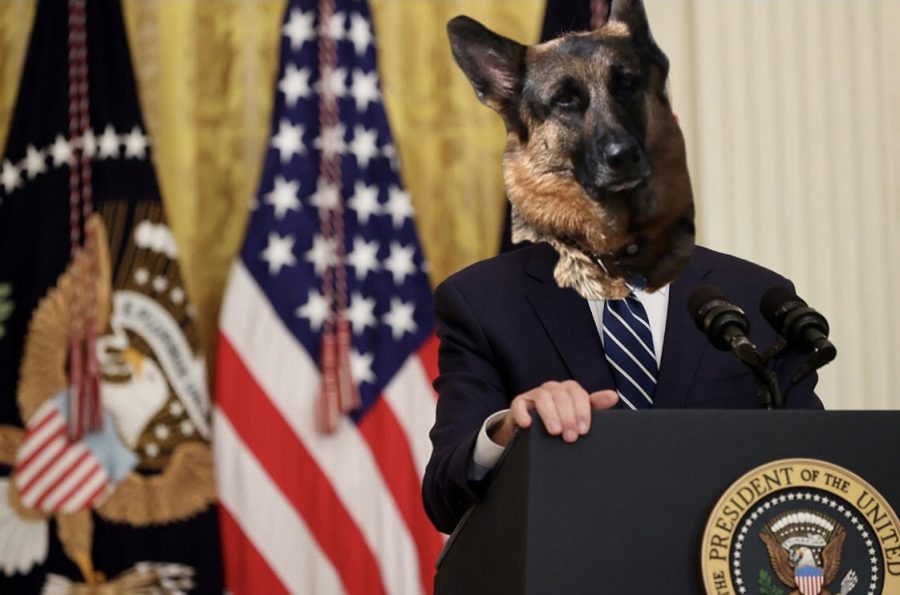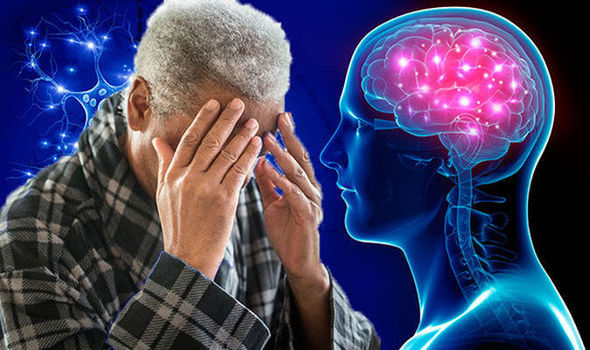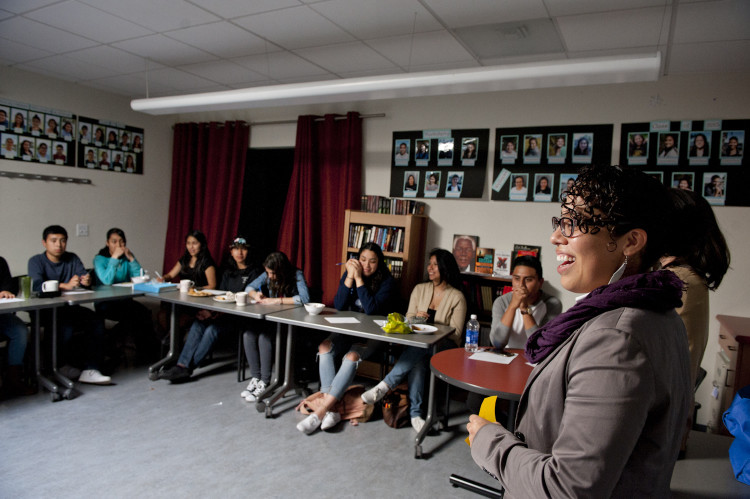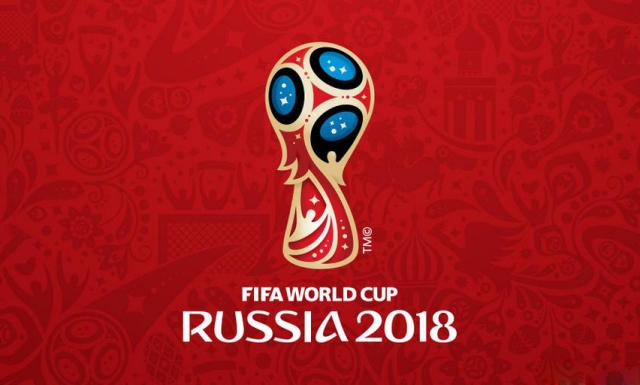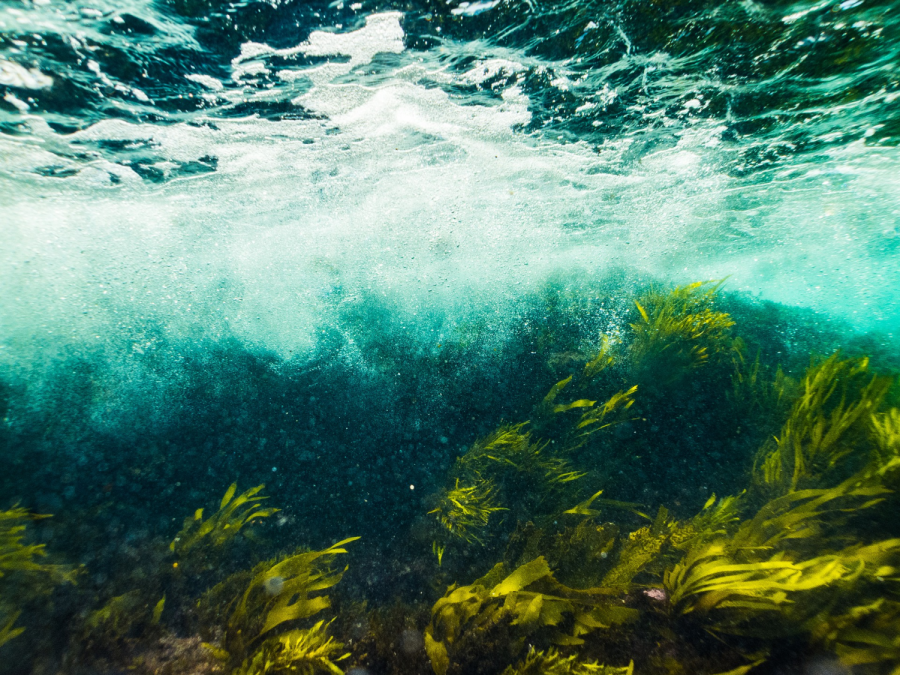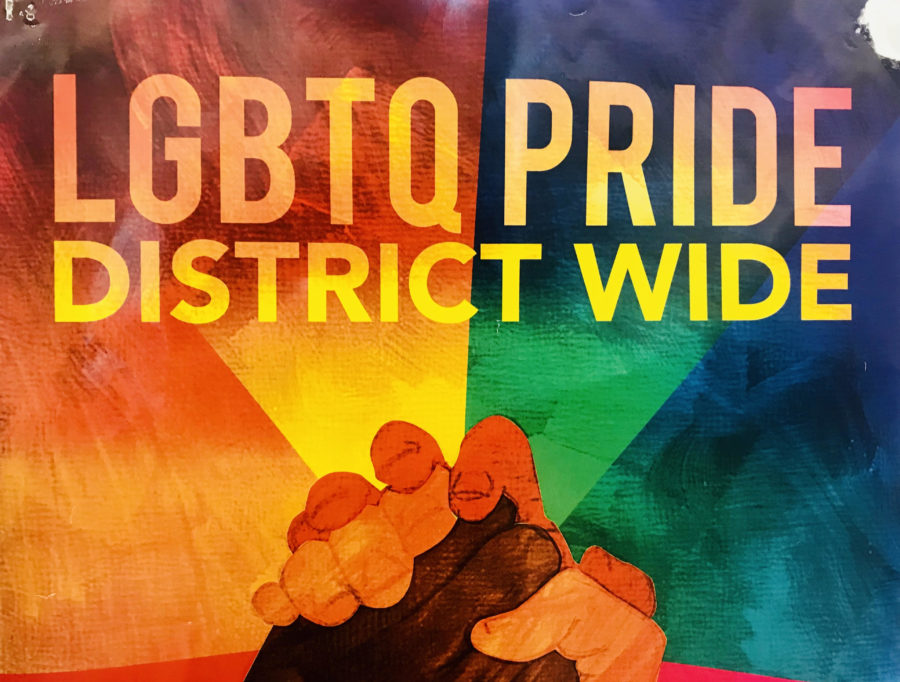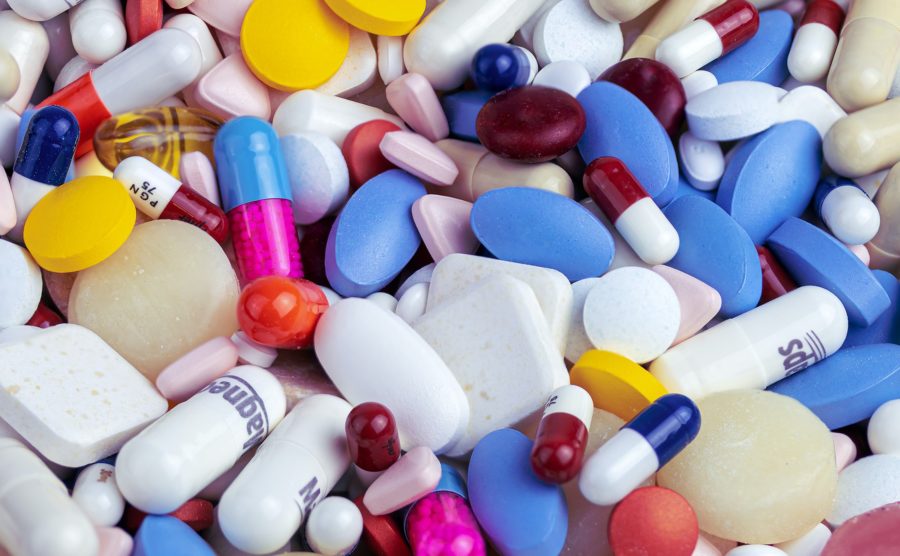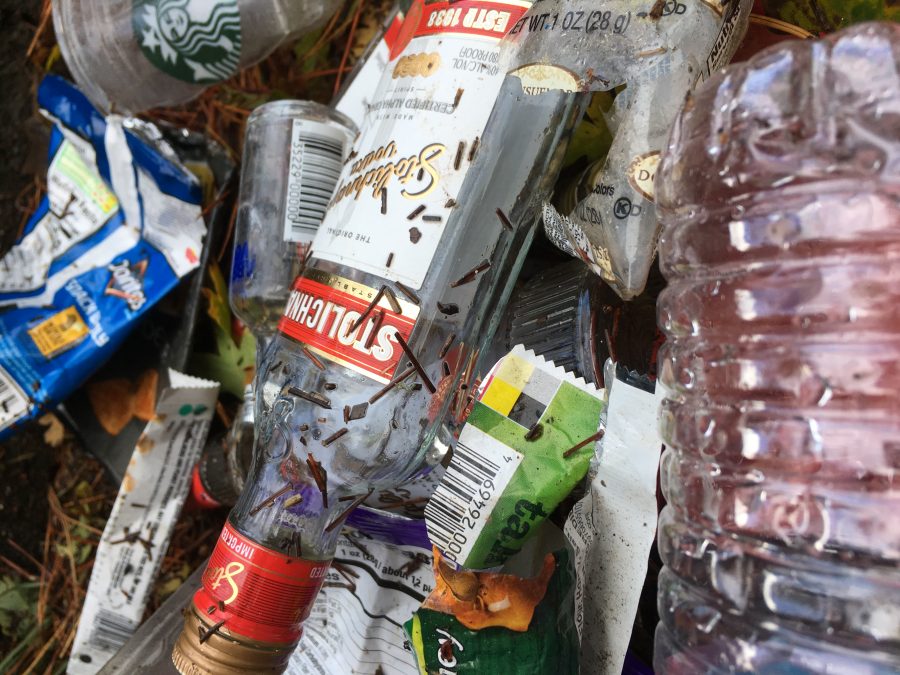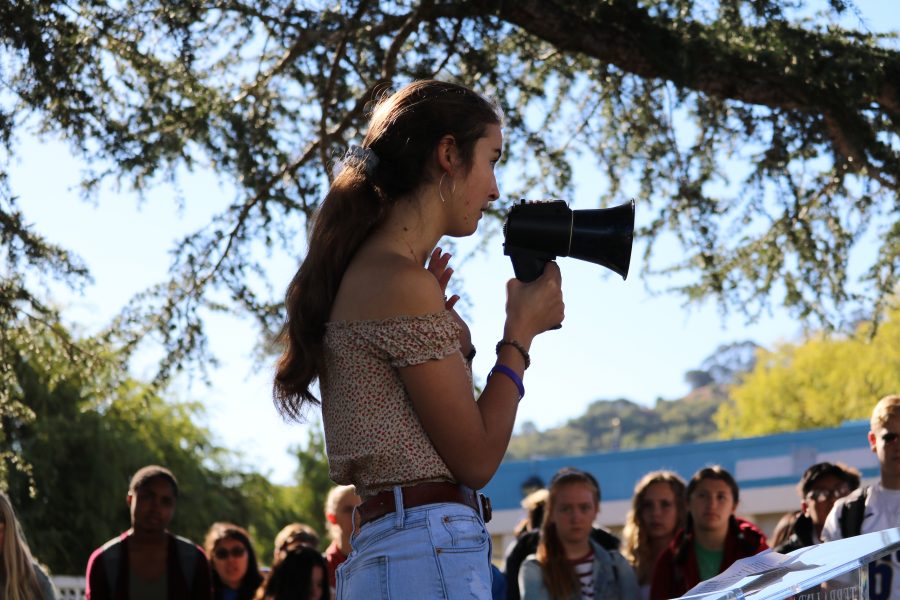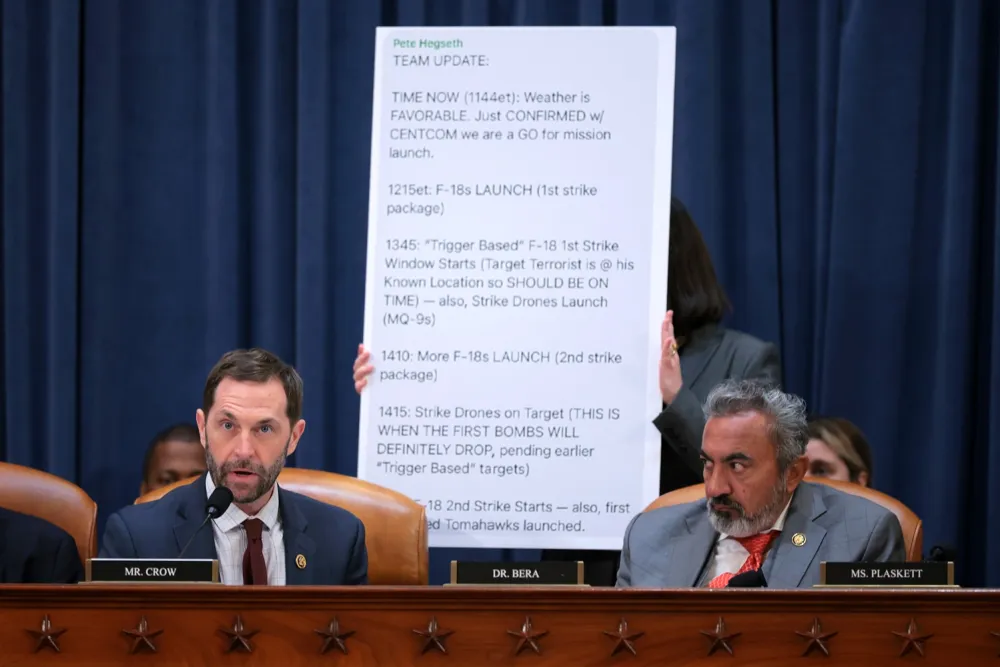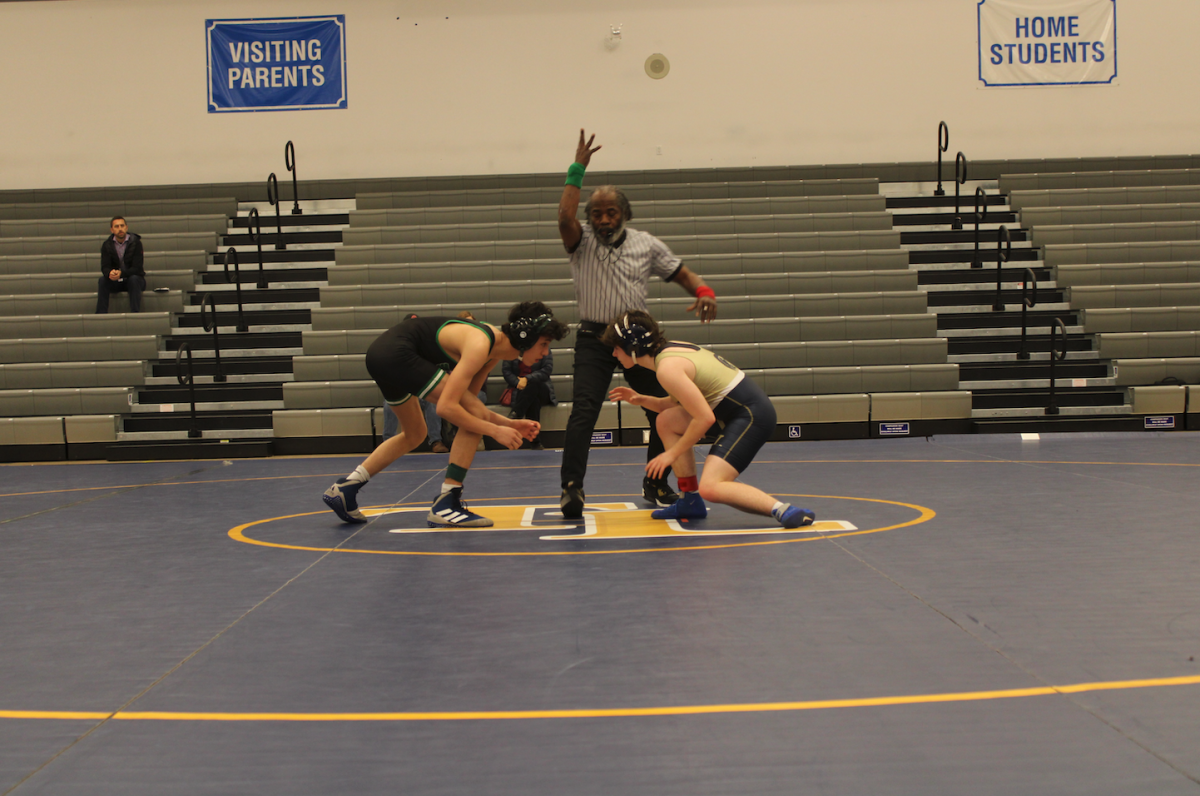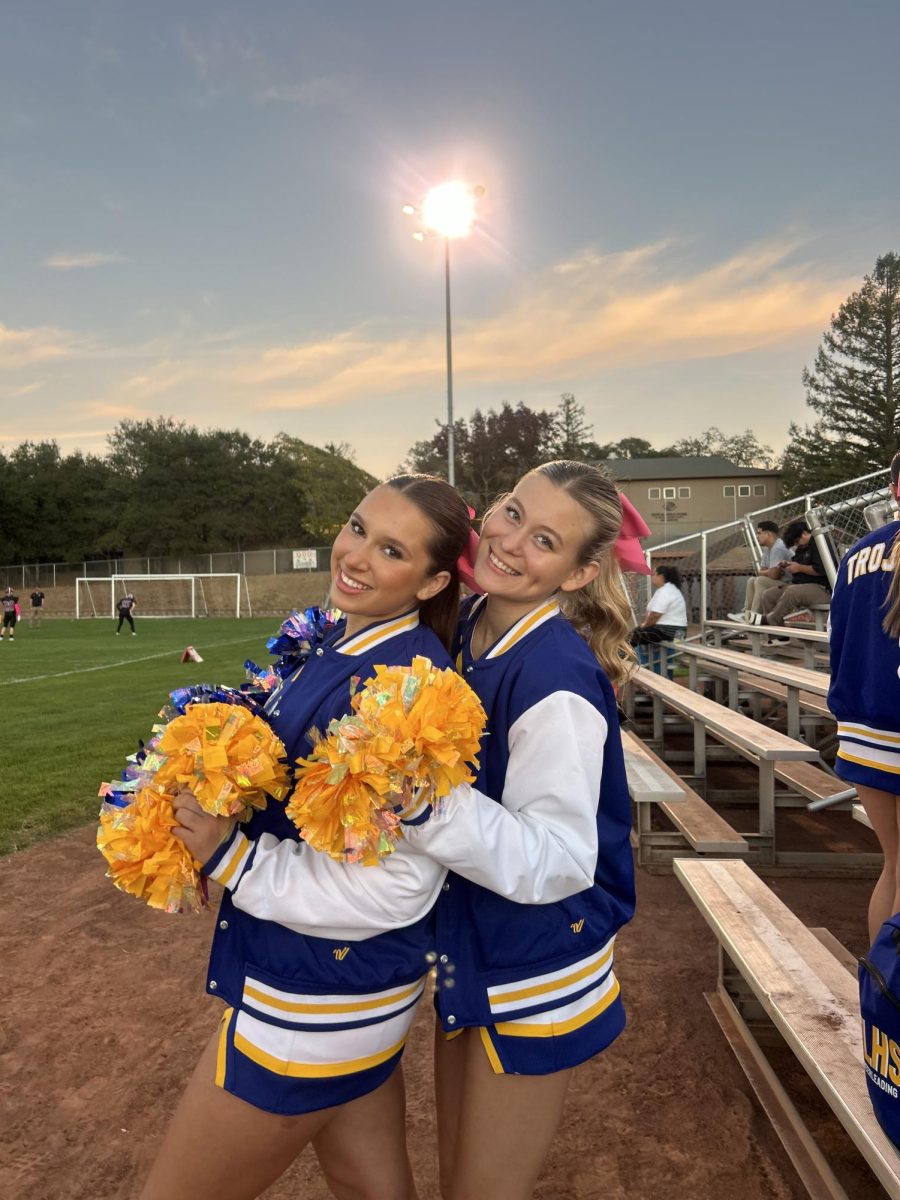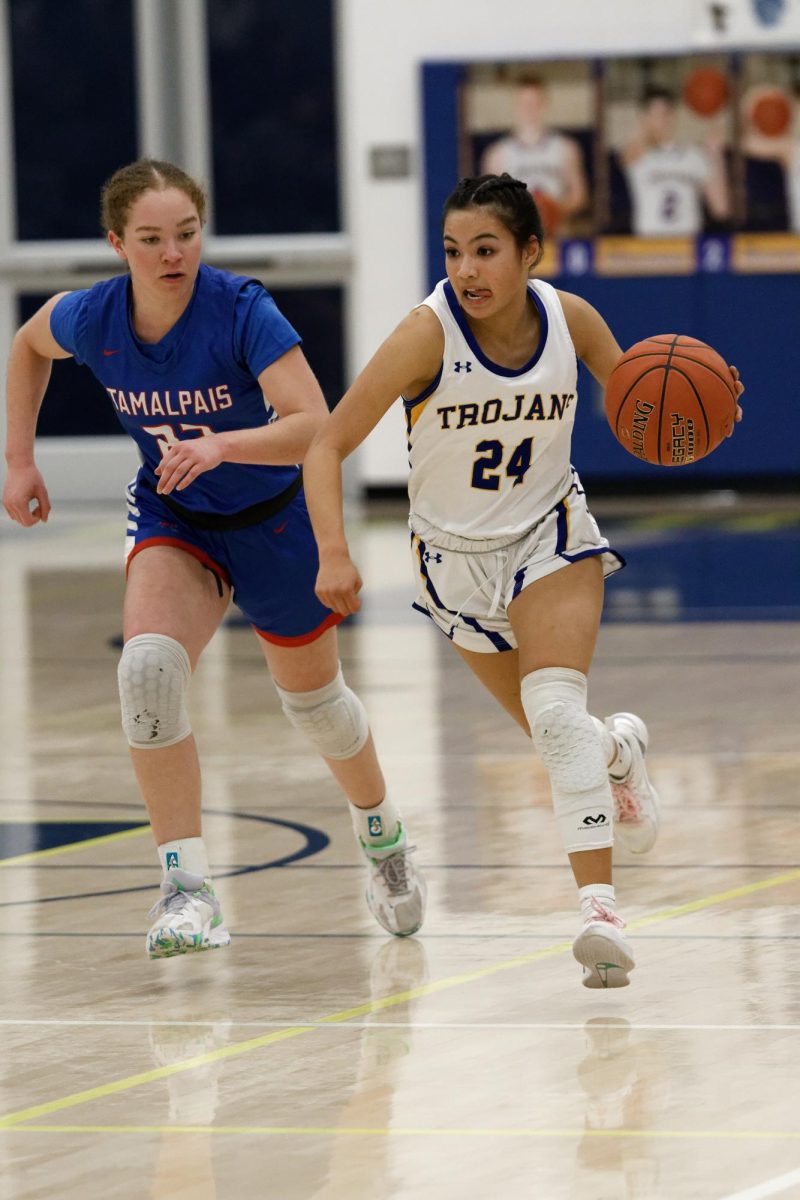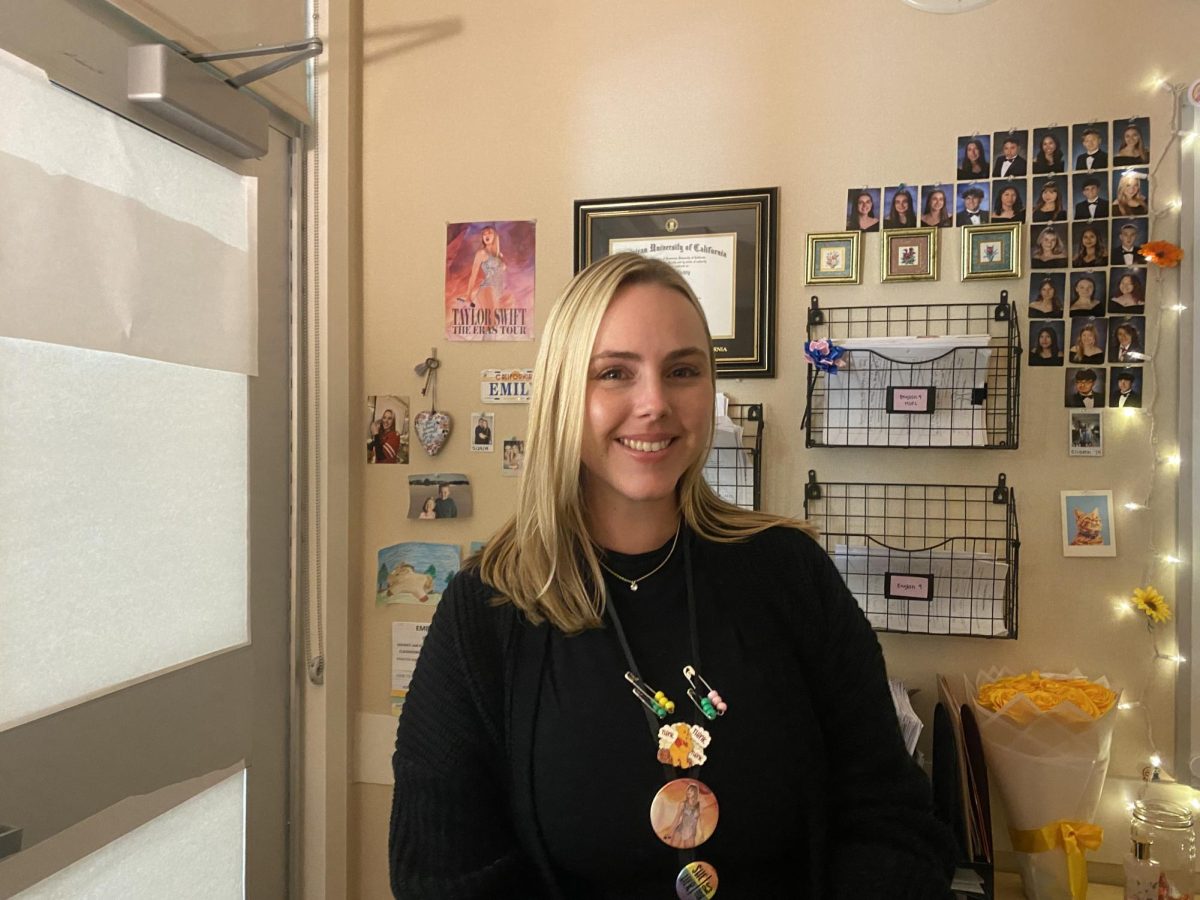Button nose, big eyes, clear skin. The cosmetic industry has taught us what we need to be, and what products we need to achieve these beauty standards. Young girls and women have been trained to feel the need to wear makeup every day to look “presentable.” The industry tells us that we need cosmetics and that our value is limited to our appearance. Though this is a tale as old as time –women being boiled down to looks–, in recent years companies have taken to newer methods of convincing young girls and women alike that makeup is an absolute must.
According to Global Edge, the beauty and personal care industry single-handedly generated over $625 billion in revenue globally in 2023. Social media use has greatly risen among teens, a fact that has not gone unnoticed by companies. Cosmetic brands have established a strong social media presence through sponsored advertisements and PR packages distributed to various social media influencers. TL junior Bali Simon acknowledges that she too has fallen prey to the industry stating, “I have no reason to believe this person’s paid sponsorship, I have no reason to believe them, and for some reason, I do.”
These producers understand the basics of economics–create demand among consumers and products will fly off the shelves. TL senior June Meadows explains, “They create new insecurities to get people to buy products to fix the insecurities.” The industry has convinced people that they need their features to look one way one day and another the next. A prime example of this is freckles. From long being seen as blemishes to cover-up, they eventually became cute and trendy additions to one’s makeup look with freckle pens being a recently popularized item.
From Facebook and YouTube to Instagram and TikTok, companies send their branding across platforms targeting varying demographics. The most recent addition to their targets, the Sephora 10-year-olds have let loose in makeup stores purchasing from popular brands on TikTok like Drunk Elephant, Tower 28, and Rare Beauty. Honing in on skincare and the “clean girl” aesthetic these children have been moved right into place like pawns, beginning their cosmetic journey early in life. However, older women are not safe from the critiques of the cosmetic industry. Wrinkles, graying of hair, and even smile lines have numerous remedies provided by these companies. Meadows states, “I think that every age group of women is targeted differently. There’s another aspect of it, where the queer community is becoming more out there”. She explains that companies aren’t only targeting women, but with men becoming more comfortable with wearing makeup, they’re advertising towards them purely for monetary reasons.
The issue isn’t limited to the marketing and preying on consumers, but also the overconsumption aspect of products. Simon notes that she spends over 300 dollars a year at Sephora and purchases new products “3 or 4 times a month”. Often consumers purchase more products than they can use, which often expire before they have a chance to use it all up. To bump up the price of products, they convince consumers that their products are better because they’re gluten-free and animal cruelty-free. They charge more as if it’s a big ask or accomplishment for them not to be cruel to living, breathing animals.
At the end of the day, companies keep producing, and we keep buying. With an infinite amount of products and an endless stream of insecurities, we’re trapped in this toxic cycle, nothing but pawns in the grand scheme of these industries’ twisted games. We all want to be accepted in society, but it’s valuable to keep in mind that beauty is subjective and makeup can be worn on your own terms.





